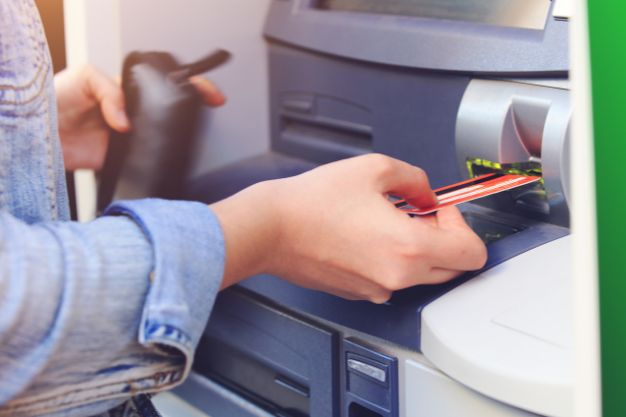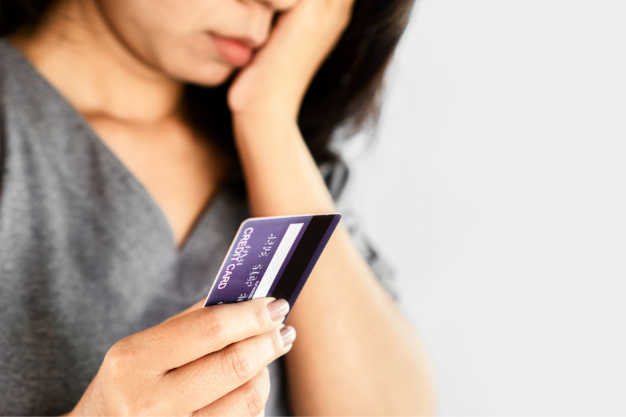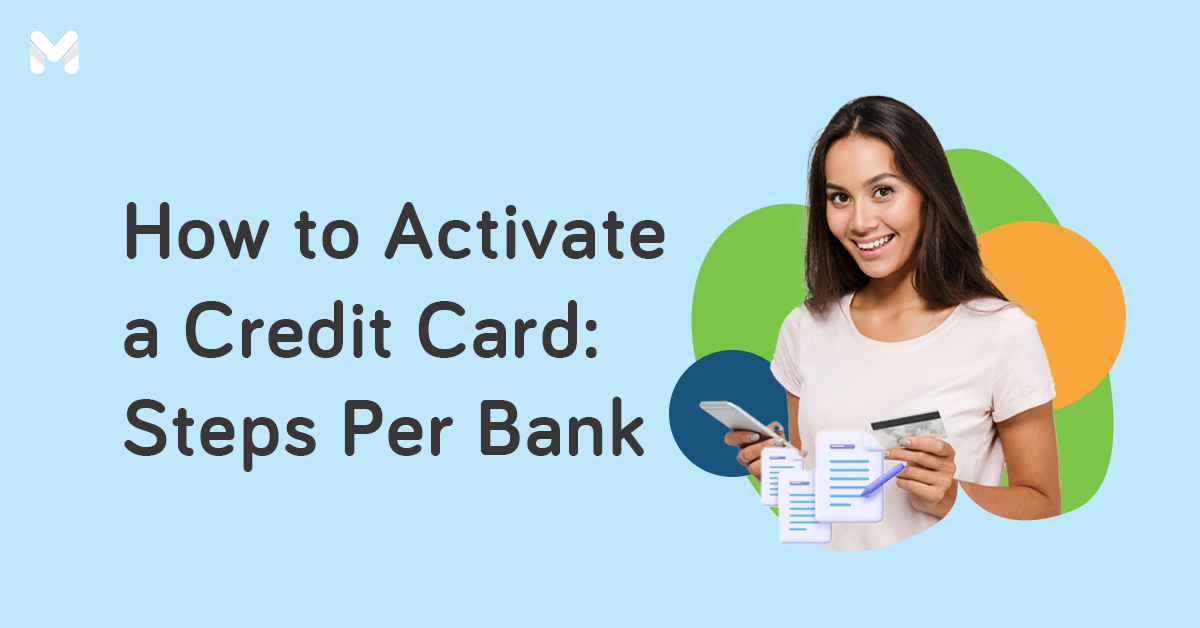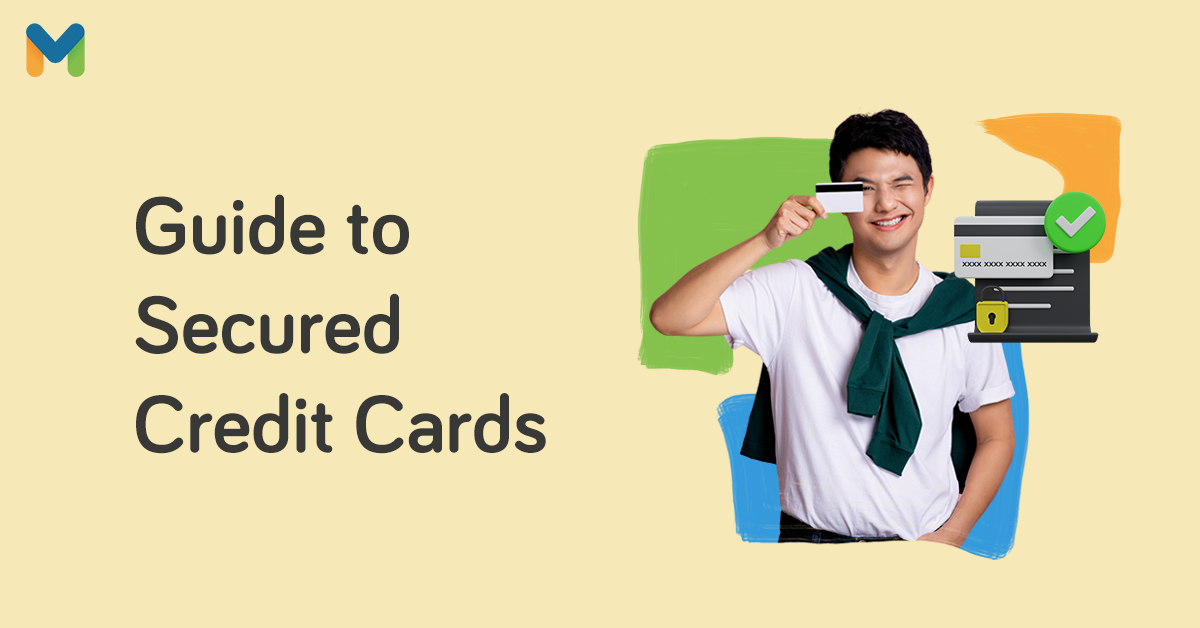Wondering if you can get cash from your credit card? Yes, it's possible to get a credit card cash advance in the Philippines. This allows you to withdraw money from an ATM or a bank branch using your credit card.
But just because you can doesn't mean you should. Read this guide first and consider the risks of getting a credit card cash advance before you insert your credit card into an ATM.
What is a Credit Card Cash Advance?

A cash advance is a convenient yet expensive way to borrow money. It involves using your credit card to withdraw money from an ATM or over-the-counter of your credit card's bank.
This is different from using a debit card at an ATM, which involves getting money from your bank account. When you take out a credit card cash advance, you're borrowing against your credit card limit. You'll have to pay the cash advance amount back with interest and other fees.
Banks in the Philippines set a credit card cash advance limit of 30% to 100% of a cardholder's total credit limit. If you withdraw too much, you'll quickly max out your credit card. When you exceed your credit card limit, the bank will charge you an over-the-limit fee ranging from PHP 500 to PHP 1,500.
Read more: 10 Advantages of Credit Cards for People Who Are Afraid to Get One
What are the Risks of Getting a Credit Card Cash Advance?
Unless there's an emergency, it is never advisable to get a credit card cash advance in the Philippines. That's because you'll end up dealing with these risks and your finances will surely take a major hit.
Prepare to Pay More Fees

Cash advances come with a lot of expenses that add up to your monthly bill, making it hard to keep up with your credit card payments. For every credit card cash withdrawal you make with your credit card, the bank will charge you either a fixed amount or a percentage of the withdrawn amount.
In the Philippines, you'll be paying more on your next billing cycle when you make an over-the-counter cash advance transaction at a bank branch. Before the pandemic, credit card cash advance fees ranged from PHP 300 to PHP 600 or 3% to 5% of the amount owed, whichever is higher.
But thanks to the recent Bangko Central ng Pilipinas' memorandum[1], cash advance fees are now capped at PHP 200. While banks have lowered their cash advance fees because of the pandemic, these fees can still add up to your overall debt.

Deal with Higher Interest Rates
What makes a credit card cash advance really expensive is its interest rate, which is much higher than the rate charged on regular purchases.
Unlike finance charges on credit card purchases, there's no grace period[2] on most credit card cash advances. Your cash advance starts accumulating interest immediately—starting from the transaction date until you fully pay it off. Even if you've fully paid off your previous credit card bill, you can't avoid a finance charge on a credit card cash advance.
When you use your card for a cash advance transaction, it's easy to max out your credit card. To avoid that, pay your credit card bill as soon as possible. Don't wait until your next billing statement comes.
Read more: Credit Card Interest Rate Cap and Other Updated Fees in 2021
Worsen Your Credit Score

In the eyes of lenders, borrowers who get credit card cash advances regularly aren't responsible with their money. Therefore, they are considered credit risks. Cash advances contribute to credit card debt, which is included in a credit report. If your debt is higher than your total available credit, you are most likely to get a low credit score.
Before you insert your credit card into the ATM, think about how it will affect your credit score. A bad credit score will hurt your chance of getting approved for a credit card or loan in the future. Or if you're lucky to get an approval, you might be slapped with a higher interest rate.
Read more: 9 Useful Features Your Credit Card Should Have
Get Tempted to Overspend
Knowing that you can easily withdraw credit card cash advance in the Philippines makes it all too easy to spend beyond your means.
Let's say you want to purchase something, but the seller accepts only cash payments. You only have a credit card and no cash in your wallet. Because you want the item so badly, you rush to the nearest ATM to withdraw money.
A cash advance may trigger such a poor spending habit, so avoid this credit card feature as much as you can. You can instead save money to buy the things you want or find credit card alternatives.
Benefits of Getting a Credit Card Cash Advance

Getting a credit card cash advance in the Philippines is not without its benefits. Mainly, cash advance is perfect for emergency purposes. If you need quick cash and you don't have time to wait for loan approvals, you can just head to the nearest ATM and withdraw money using your credit card.
But because of how convenient it is, banks imposed more fees and higher interest rates to discourage cardholders from abusing this feature. So the only time you should get a cash advance is when there's a major emergency that needs immediate financial attention. Shopping impulses don't count.
Read more: When is the Right Time to Get a Credit Card?
Credit Card Cash Advance Fees and Rates in the Philippines
Want to find out the lowest credit card cash advance rate in the Philippines? We've got you covered. The BSP memorandum also helped in capping the cash advance fees and rates. Here is a list of cash advance fees and rates from top credit card providers in the country.
| Banks | Cash Advance Fees | Cash Advance Rates |
|---|---|---|
| BPI | PHP 200 | 2.12% |
| HSBC | PHP 200 | 2.08% |
| Metrobank | PHP 200 | 2% |
| RCBC | PHP 200 | 2% |
| Security Bank | PHP 200 | 2% |
| UnionBank | PHP 200 | 1.96% |
| PNB | PHP 200 | 2% |
Read more: 8 Credit Card Myths You Should Stop Believing
Final Thoughts
Given its high cost, getting a credit card cash advance in the Philippines should be used sparingly. So before you compare credit cards, you should determine whether or not you can control yourself from getting cash through your credit card.
Consider also cheaper options for borrowing money. Ideally, having an emergency fund can save you when there's an unforeseen expense. You may also look into personal loans. Its interest rate is much lower than the rate charged on a credit card cash advance.

Sources:
- [1] BSP Circular No. 1098
- [2] Credit Card Grace Period Explained (The Balance, 2021)









